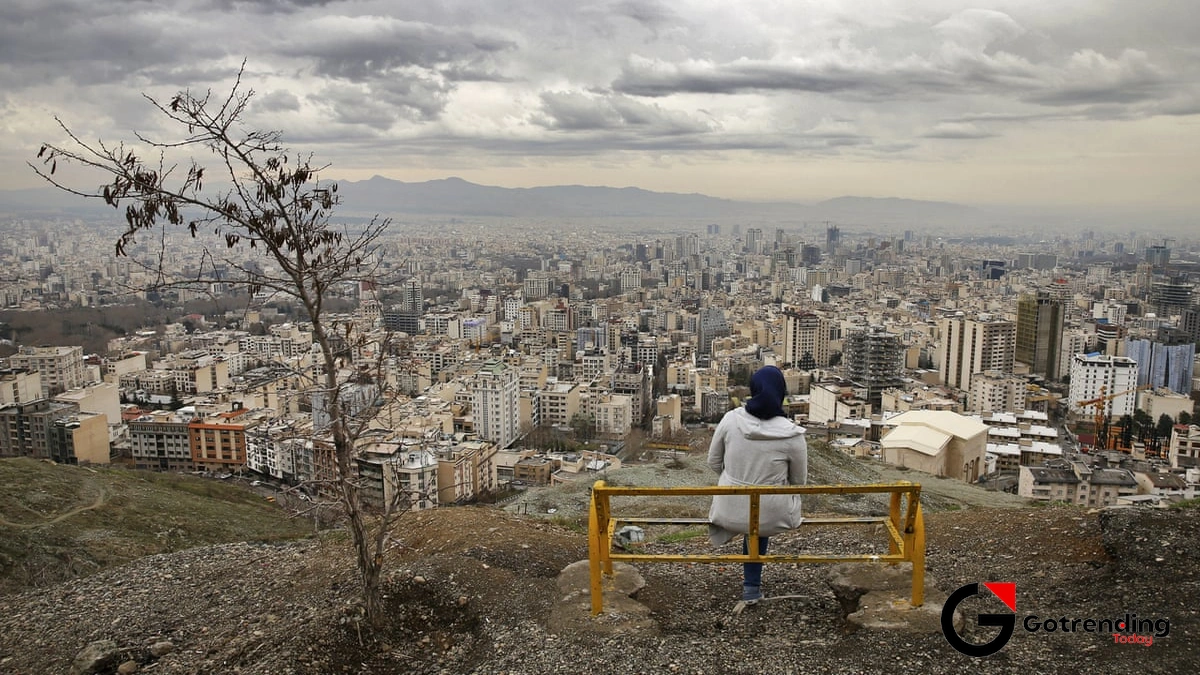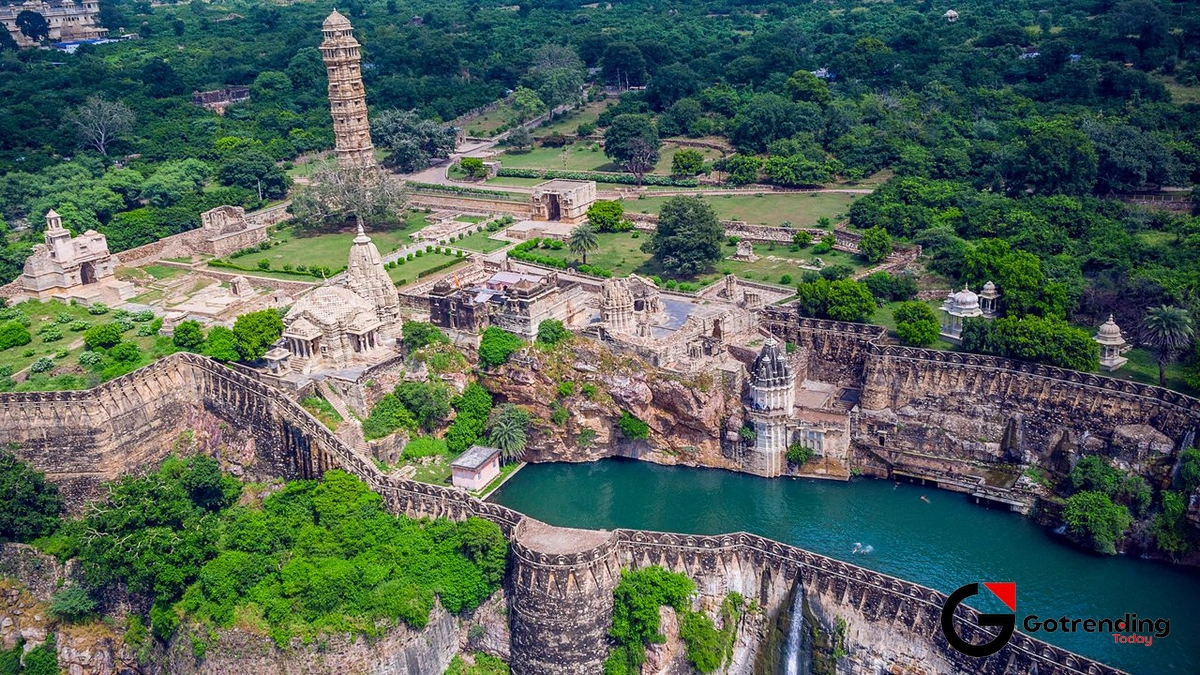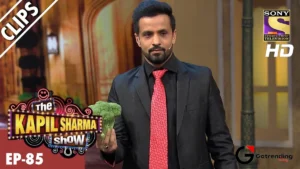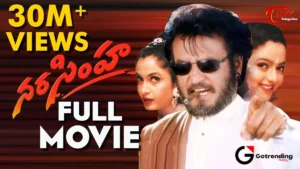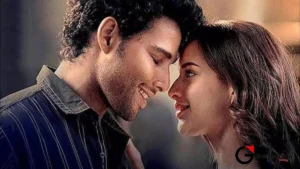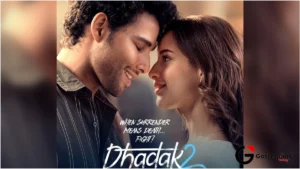Tehran Isn’t What You Think It Is. Not Even Close.
Let’s get one thing straight. When you mention you’re going to Tehran , you get a certain look. You know the one. A cocktail of concern, curiosity, and a silent “why?” It’s a city that lives in the headlines, a place defined for us by news tickers and stern-faced politicians. But the city I found, the one that lives and breathes on the ground, is a different beast entirely.
I remember the first lungful of air. It wasn’t just exhaust fumes. It was laced with the scent of grilling kababs from a street-side stall, the sweet perfume of saffron from a nearby shop, and the undeniable, electric hum of sixteen million people getting on with their lives. It’s an organised chaos that, for anyone from Mumbai or Delhi, feels strangely… familiar. Comfortable, even. It’s a city that doesn’t just exist; it pulsates.
And that’s the first secret. Tehran isn’t a museum piece or a political statement. It’s a living, sprawling metropolis, full of paradoxes that it wears with a shrug and a smile.
The Two Faces of Tehran | A City of Contrasts
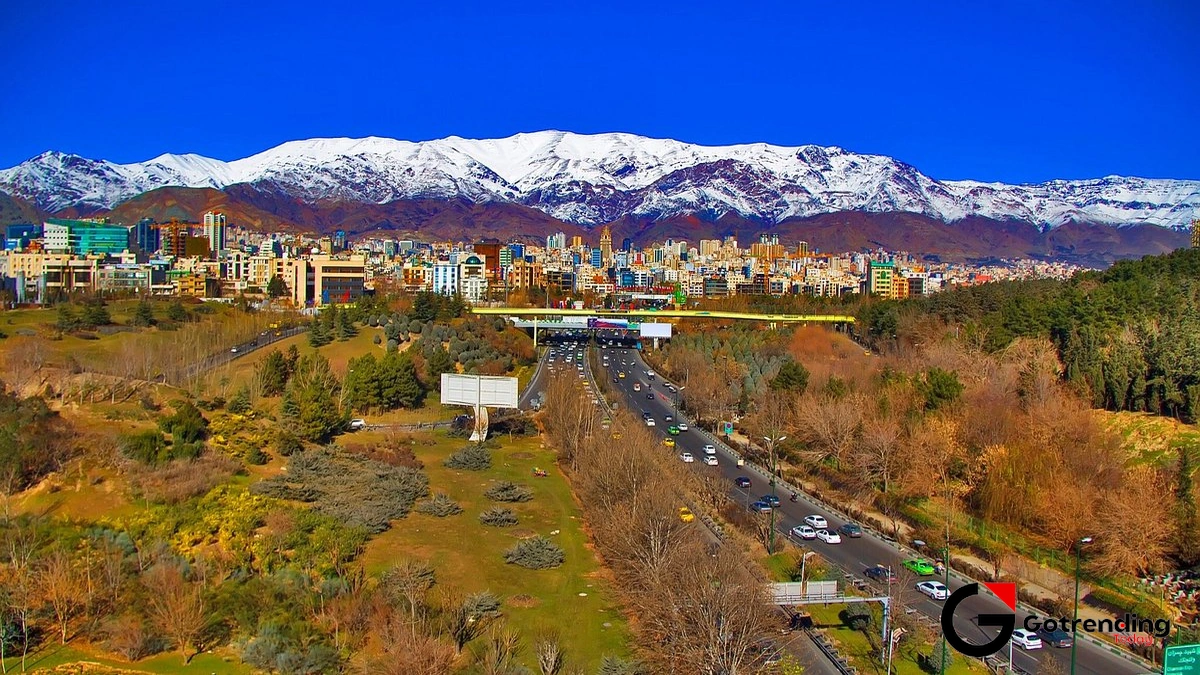
You can’t understand this city without understanding its geography. It’s a tale of two cities, really. North and South.
Head north, and you climb. Literally. The city slopes upwards towards the magnificent Alborz mountain range, and the vibe changes with the altitude. This is the modern, affluent Tehran . Here, you’ll find chic cafes where young Iranians sip on barista-made lattes, discussing everything from poetry to cryptocurrency. There are boutique shops, art galleries tucked away in unassuming buildings, and wide, leafy boulevards that feel a world away from the city’s bustling core. It’s sophisticated, it’s trendy, and it shatters every stereotype you might hold.
But then you go south. And everything changes.
South Tehran is the city’s historical heart, its soul. It’s older, more traditional, more crowded. This is where you’ll find the beating, chaotic heart of Iranian commerce: the Grand Bazaar . It’s less about aesthetics and more about authenticity. The air is thick with the scent of spices and leather. The sounds are a symphony of haggling vendors and the rumble of delivery carts. This is the Tehran of history books, of poets, of revolutions. And to only see one side of the city is to not see it at all. The real magic happens in the space between these two worlds.
Finding India in the Heart of Persia
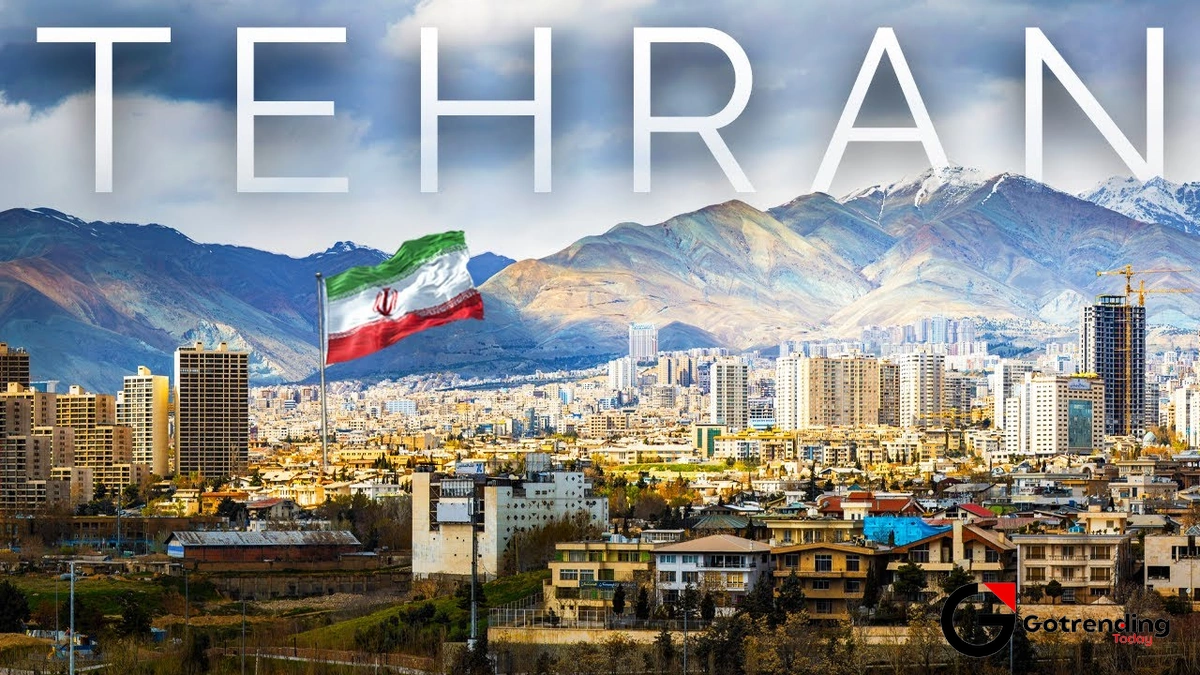
I wasn’t expecting to find so many echoes of home here, but they’re everywhere if you look. The Tehran food culture , for one, is a revelation. We hear “kabab” and think we know what to expect. We don’t. The sheer variety, the tenderness of the meat, the subtle art of the marinade it’s on another level. But it was the rice that got me. The care taken with it, often served with a golden, crispy crust called ‘tahdig’, is a form of artistry. And when you see ‘beryan’ on a menu, you can’t help but smile at the connection to our own biryani, a delicious culinary gift from the Persians centuries ago.
The shared love for tea (or ‘chai’) is another instant connector. The ritual of sitting, talking, and sipping tea from small glasses is a social glue here, just as it is back home. It’s in these small, everyday moments that the political divides seem to just melt away. It’s just people, sharing a moment. It’s a reminder that our shared history is so much deeper and richer than modern borders suggest. It’s a complex tapestry, and sometimes just appreciating a part of it, like the shared passion for a national sport, is enough. I was reading about the Shpageeza Cricket League the other day, and it struck me how these regional passions connect us all.
The most important connection, though, is the people. The concept of ‘taarof’ a complex system of Persian etiquette and politeness can be confusing at first. A taxi driver might refuse payment (you must insist), or a shopkeeper will offer you tea. It’s a dance of hospitality that is, at its core, an expression of incredible warmth and a deep-seated desire to welcome strangers. Once you get the hang of it, you realize it’s just an elaborate way of saying, “You are a guest in my home, and I am honoured to have you.”
More Than Monuments | Where to Feel the City’s Pulse
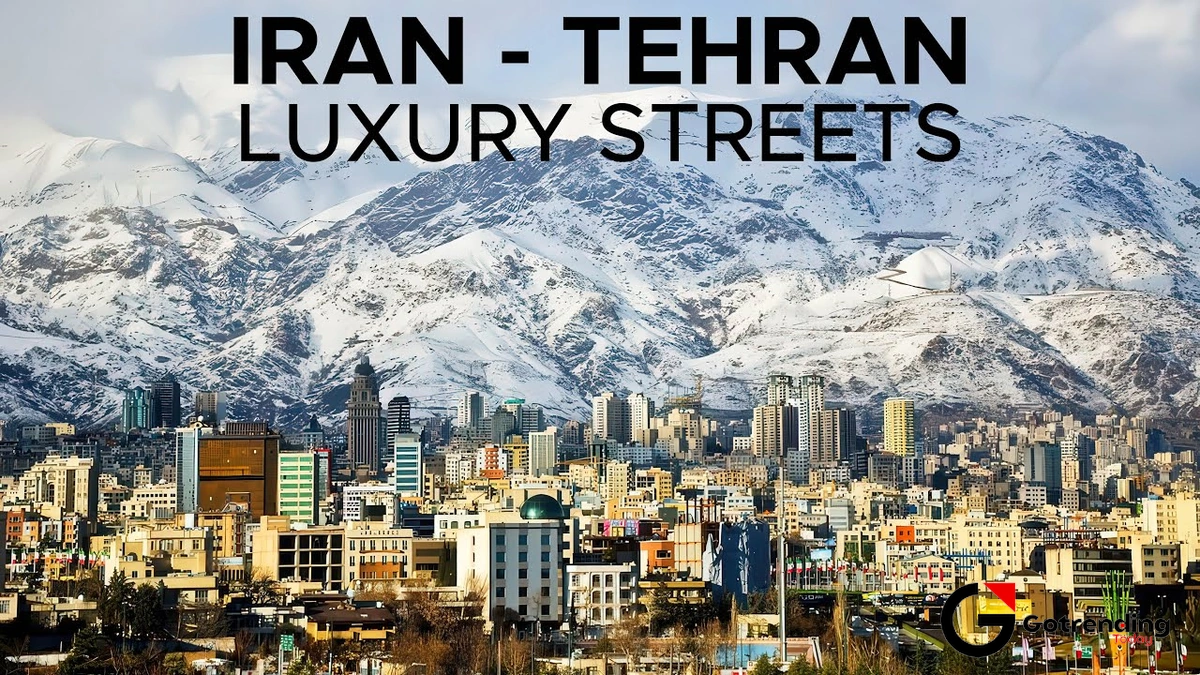
Of course, you have to see the sights. The Golestan Palace, a UNESCO World Heritage site , is an opulent, jaw-dropping masterpiece of Qajar-era architecture. Its mirrored halls and stunning tilework are worth the trip alone. The former US embassy, now a museum, offers a surreal and fascinating glimpse into a pivotal moment in modern history. These are the essential places to visit in Tehran .
But to really feel the city? Go to a park on a Friday. Families gather with elaborate picnics, kids play, and the atmosphere is pure joy. Or visit the Artists’ Forum (Honarmandan Park), where you can see contemporary Iranian art, watch an indie film, and just soak in the creative energy. These are the places that tell you the real story of Tehran tourism .
I keep coming back to this point because it’s crucial: The city’s greatest asset isn’t its monuments, but its people and its atmosphere. It’s in the conversations you strike up while waiting for a glass of carrot juice, the unexpected kindness of a stranger giving you directions, and the vibrant intellectual life that thrives just beneath the surface. It’s a complicated place, for sure. Trying to grasp all its nuances can feel like trying to understand the intricacies of the stock market; it’s a deep subject, much like trying to get your head around the Nifty Explained for the first time. But you don’t need to understand everything to appreciate it.
Tehran doesn’t ask for your approval. It simply asks for your attention. And if you give it, it will reward you in ways you never expected.
Your Tehran Questions, Answered
Is Tehran safe for Indian tourists, especially for women?
This is the big one, isn’t it? Honestly, I found Tehran to be remarkably safe in terms of personal security and crime. People are generally respectful and helpful. For women, the main thing is adhering to the local dress code (wearing a headscarf, or ‘hijab,’ and modest clothing). It might feel different at first, but you quickly adapt. It’s more about cultural respect than a strict enforcement for tourists. Use common sense like you would in any major city, but the overwhelming feeling is one of safety and welcome, making it quite safe for Indian tourists .
What’s the best time of year to visit Tehran?
Spring (April-May) and Autumn (September-October) are absolutely perfect. The weather is pleasant, the skies are often clear, and the city’s many parks are at their most beautiful. Summers can be very hot, and winters can be quite cold and snowy (though seeing the mountains covered in snow is a sight to behold!).
Do I need to know Farsi to get by?
While knowing a few basic phrases like “Salaam” (Hello) and “Merci” (Thank you, borrowed from French but universally used) goes a long way, it’s not strictly necessary. In hotels, major tourist sites, and among the younger generation, you’ll find plenty of people who speak English. A good translation app on your phone is always a great backup for taxi rides or shopping in the bazaar.
Is the food in Tehran very different from North Indian food?
There are fascinating similarities and delicious differences! You’ll recognize the love for rice, flatbreads (naan), and grilled meats. However, Iranian food is generally less spicy and uses a different palette of flavors think saffron, turmeric, dried limes, and herbs like parsley and cilantro. It’s more about subtle, aromatic flavors. Don’t miss trying stews like ‘Ghormeh Sabzi’ or ‘Fesenjan’.
